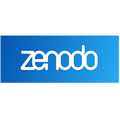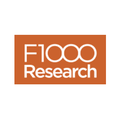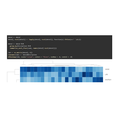简体中文 | français | 日本語 | Русский | Español | العربية
About this project – what we do
We are interested in the way information is created, shared, and processed in academia. This is reflected in a number of related activities aimed at charting the changing scholarly landscape. We created an overview of current and expected developments and models to get a grip on the abundance and variety of research tools used. We are currently charting the creation and availability (supply side) and usage (demand side) of research tools. After that we hope to further investigate why researchers use certain tools, to find out what tool usage patterns can tell us about the changes in scholarly communication, and, finally, to uncover the driving forces behind the creation and innovation of research tools and the (lack of) interoperability of these tools.
The data from our 2015-2016 survey are available in various ways:
 |
 |
 |
 |
 |
| DATASET (Zenodo) |
DESCRIPTION (F1000Research) |
GRAPHS AND CHARTS (WordPress) |
SCRIPT SHARING (Kaggle) |
ANALYSIS IDEAS (GitHub repo) |
| Full dataset with raw (anonymized) and cleaned data files, variable list and original survey questions | Description of the dataset as a data publication. | Also see the interactive pivot template in Excel (9MB) for filtering and creating your own graphs | Build your R, Python or Julia scripts and start analyzing, share your scripts for others to build on | List of possible analysis ideas and results of two hackdays |
Outreach and follow-up research
We presented the survey data and the most important insights at Force2016 in Portland, USA, and at various conferences and webinars since. We are continuing our own analyses on the data, and are planning a qualitative follow-up study with people who have indicated they are willing to be contacted again. In that we might take a deeper look at motivations for choosing more open, efficient and/or transparant ways of working. We welcome suggestions on topics to focus on in this follow up study.
One of the ways we plan to take this project further (3 min. video):
Contact
For more information please contact: Bianca Kramer bianca@sesameopenscience.org | @MsPhelps (Sesame Open Science) or Jeroen Bosman j.bosman@uu.nl | @jeroenbosman (Utrecht University Library).